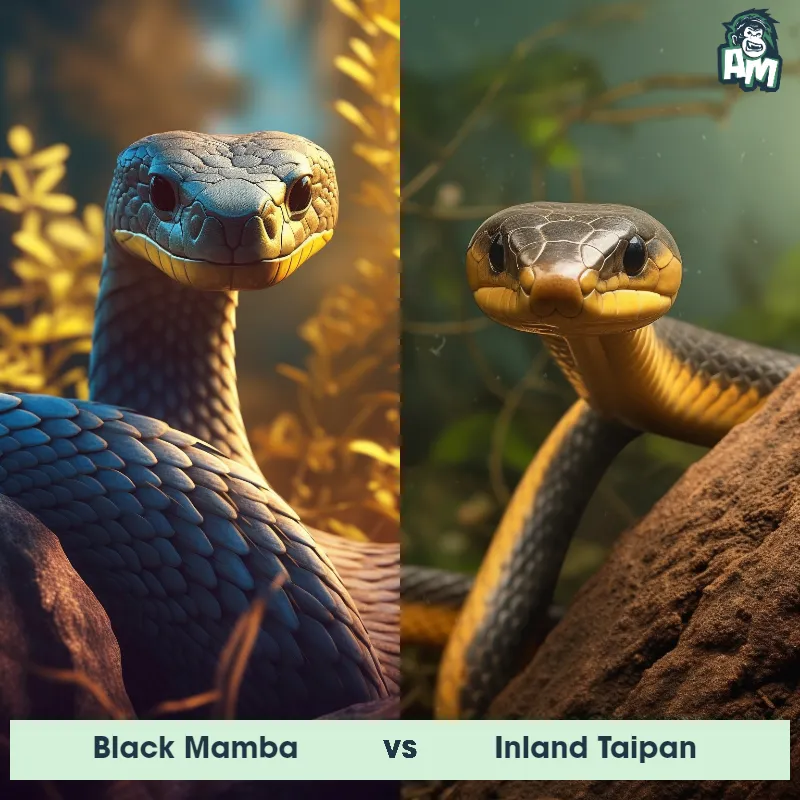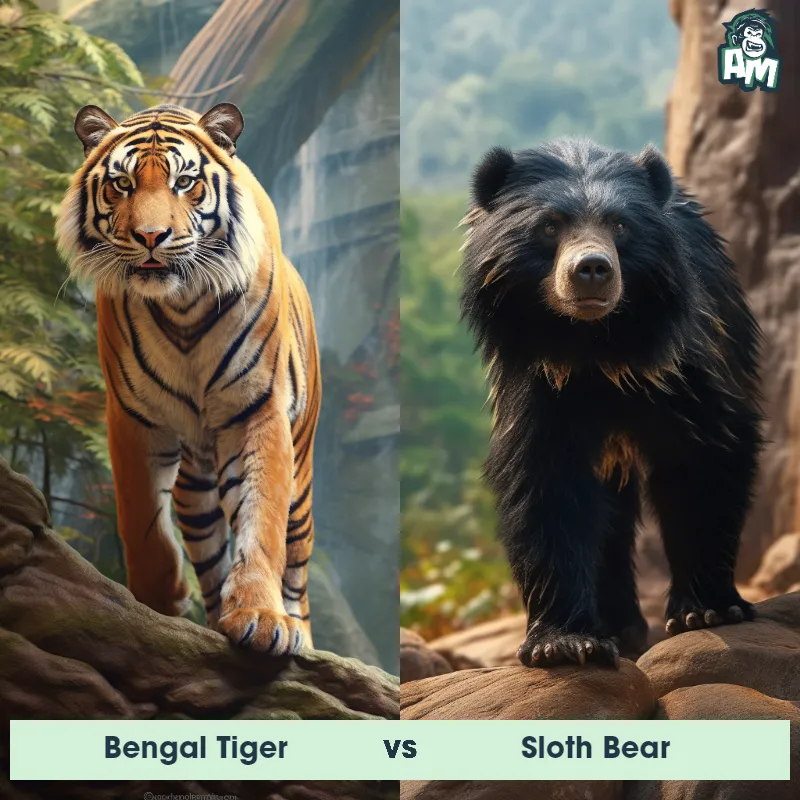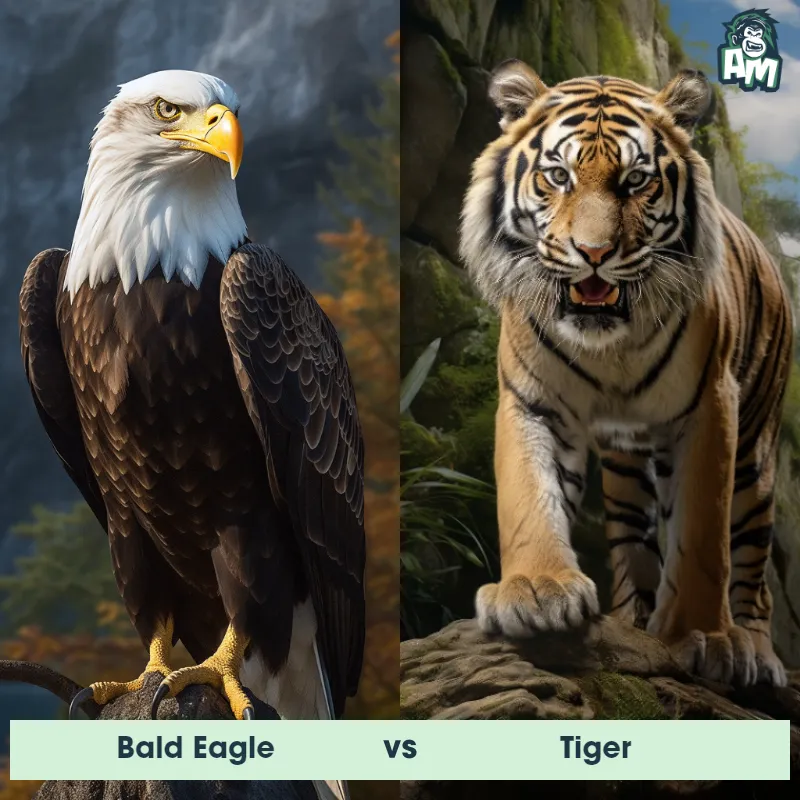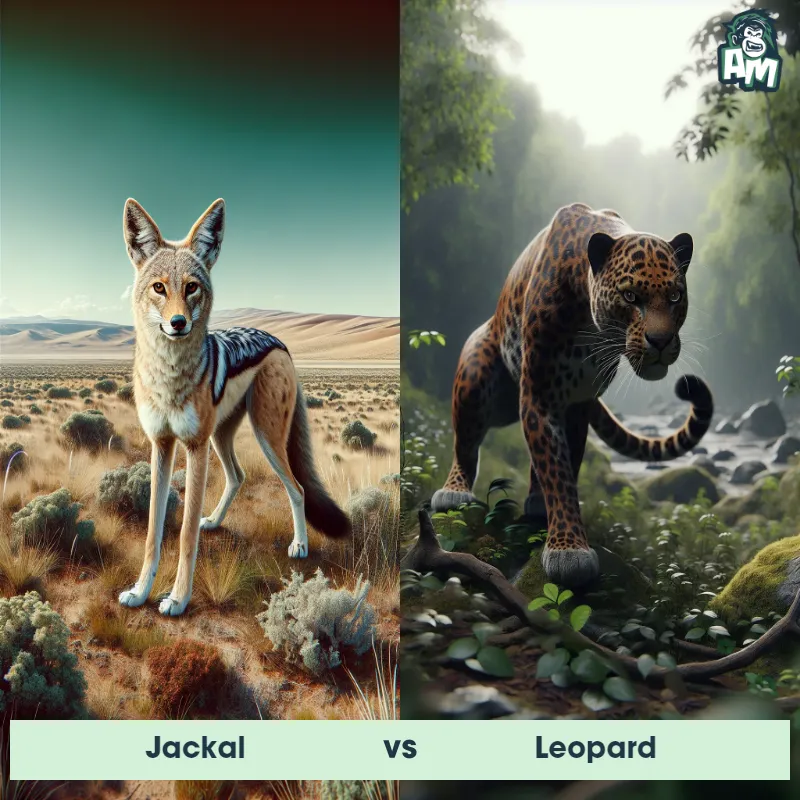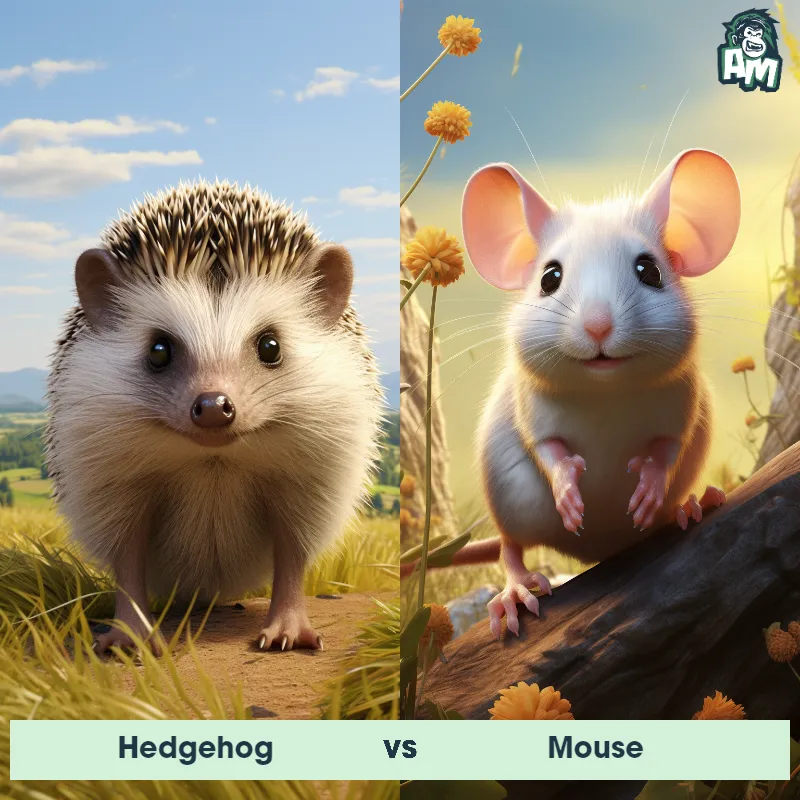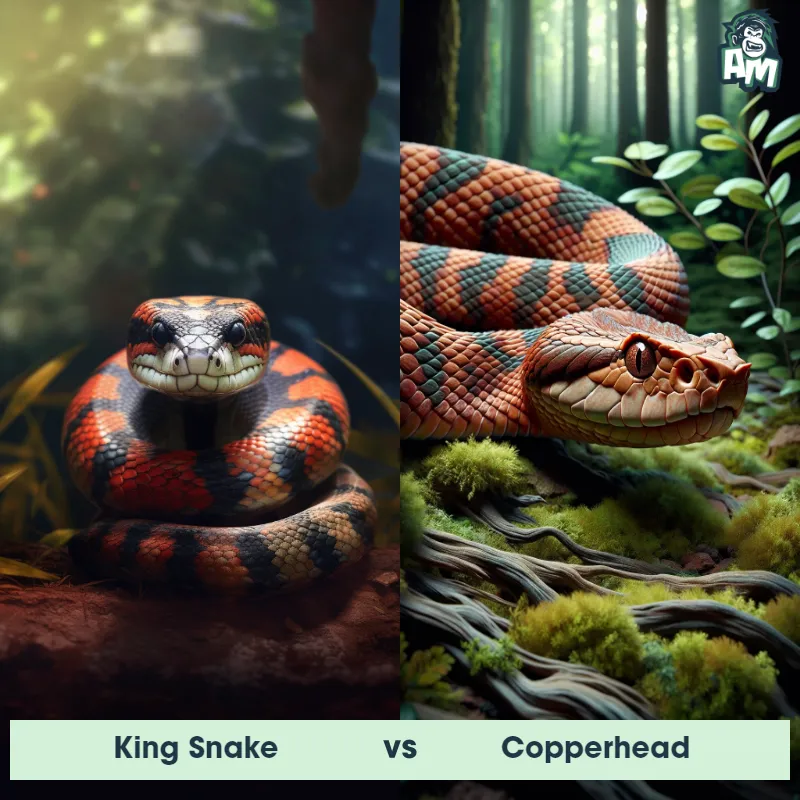Tiger vs CaracalSee Who Wins

Welcome, ladies and gentlemen, to this thrilling matchup between two formidable predators. In one corner, we have the mighty Tiger, known for its strength and stealth. And in the other corner, we have the agile and cunning Caracal. The tension is palpable as we await the clash of these remarkable feline competitors. Let the battle begin!
Contender 1: Tiger
The Tiger is a large and powerful big cat, known for its distinct orange coat patterned with black stripes, which are unique to each individual, much like a human fingerprint. Tigers have a muscular build, a heavy head with strong jaws, and a tail that is usually about half the length of their body. The largest species of the cat family, adult male tigers can reach up to 10 feet in length and weigh up to 660 pounds. Tigers are native to various parts of Asia and are adept swimmers, unlike most members of the cat family.
Fun Fact: Tigers are apex predators and primarily consume larger mammals for food, including deer and wild boar; a hungry tiger can eat as much as 60 pounds in one night.
Contender 2: Caracal
The Caracal, also known as the African Lynx, is a medium-sized wild cat found primarily in Africa, the Middle East, and parts of Asia. It possesses a sleek and muscular body, standing about 40-50 cm at the shoulder, with a weight ranging between 13-20 kg. This agile predator is known for its distinctive tufted ears, which are long and black, and tipped with long white hairs. Its fur is typically reddish-brown or tawny, with a white belly and prominent black markings above its eyes, resembling smudged tears.
Fun Fact: The Caracal is a remarkable jumper and can leap to impressive heights, reaching up to 3 meters in the air from a stationary position, making it one of the highest-jumping animals in proportion to its body size.
Matchup Stats
| Tiger | Caracal | |
|---|---|---|
| Size | Up to 10 feet in length (3.05 meters) | 40-50 cm at the shoulder (16-20 inches) |
| Weight | Up to 660 pounds (300 kilograms) | 13-20 kg (29-44 pounds) |
| Speed | 35-40mph (56-64km/h) | 50mph (80km/h) |
| Key Strength | Strong jaws and muscular build | Agility and powerful jumps |
| Biggest Weakness | Limited endurance for long chases | Not particularly known for its strength in physical combat |
Current Votes
Tiger vs Caracal
See Who Wins
View More Matches
Looking For More?
Similar Matches
Scientific Stats
| Tiger | Caracal | |
|---|---|---|
| Scientific Name | Panthera tigris | Caracal caracal |
| Family | Felidae | Felidae |
| Habitat | Forests, grasslands, and swamps | Various habitats including savannas, woodlands, scrublands, and semi-deserts |
| Geography | Asia | Africa, the Middle East, and parts of Asia |
| Diet | Carnivorous, primarily deer and wild boar | Mainly small to medium-sized mammals (such as rodents, hares, and antelope), birds, and occasionally reptiles |
| Lifespan | 15 years - 26 years | 10 years - 15 years |
Key Differences between Tiger and Caracal
- Color and pattern: Tigers have a distinct orange coat with black stripes, providing excellent camouflage in their natural habitat. Conversely, Caracals have a reddish-brown to sandy-yellow coat, without any visible markings except for some faint spots on the undersides.
- Facial structure: Tigers have a broad and powerful face, with a wide nasal passage and high cheekbones, while Caracals have a more slender and elongated face, with a narrow nasal passage and lower cheekbones.
- Ears: Caracals are known for their long, tufted ears, which can reach up to 1.4 inches (3.5 cm) in length and serve to enhance their hearing abilities. Tigers, on the other hand, have relatively short, rounded ears without any visible tufts.
- Habitat: Tigers primarily inhabit dense forests and grasslands across Asia, whereas Caracals are found in various habitats including savannas, scrublands, and semi-desert areas throughout Africa, Southwest Asia, and Central Asia.
- Tail: Tigers possess a long, muscular tail that averages about 3 feet (1 meter) in length, which helps them maintain balance and can be used for communication. Caracals, on the other hand, have a relatively short tail that ranges from 6 to 9 inches (15 to 23 cm).
- Size: Tigers are significantly larger than Caracals, with adult male Tigers weighing up to 660 pounds (300 kg) and measuring about 11 feet (3.3 meters) in length, while adult male Caracals weigh around 40 pounds (18 kg) and measure about 3.3 feet (1 meter) in length.






